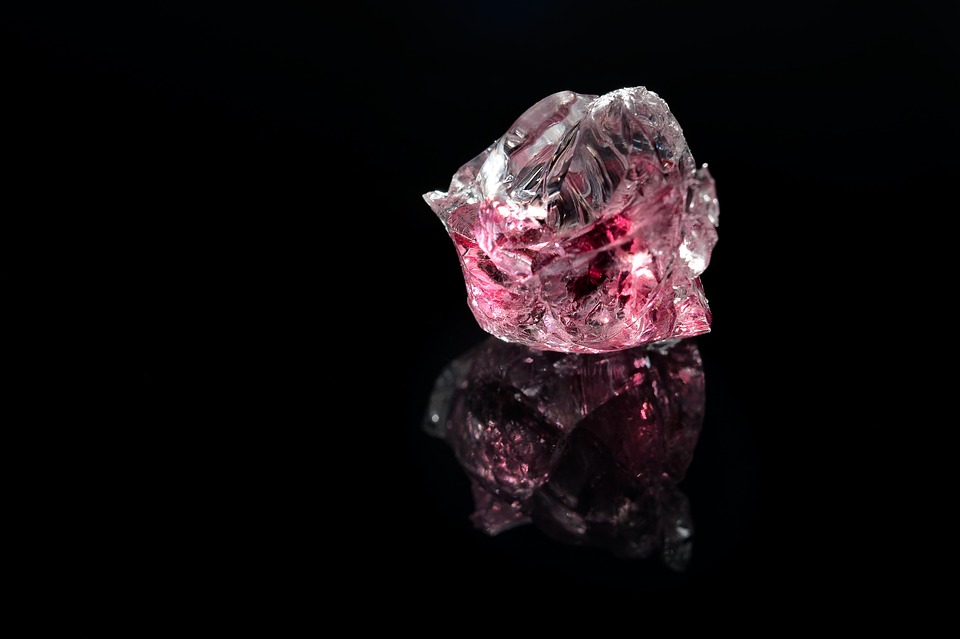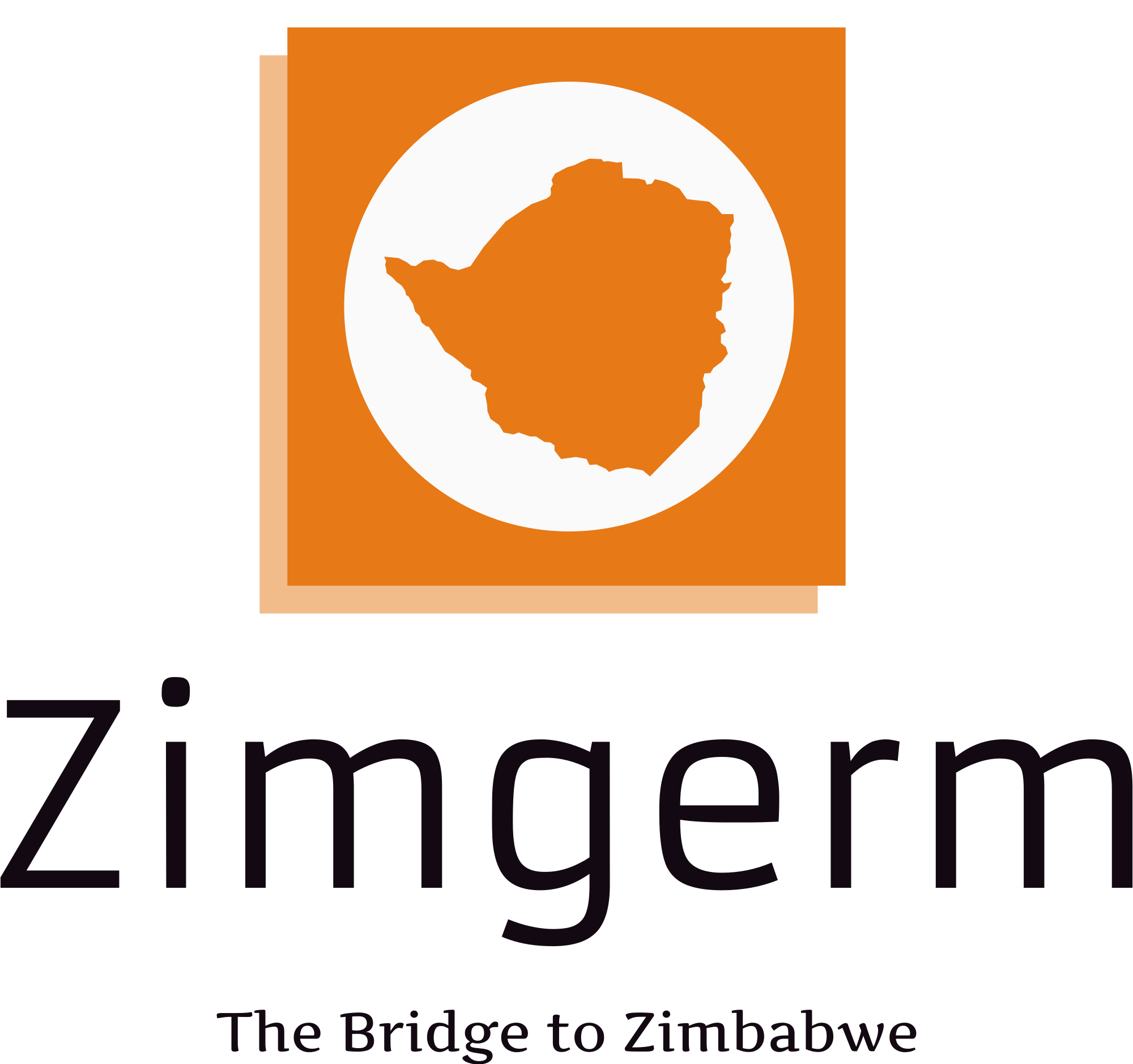Unearth Opportunities in Zimbabwe's Gold-Rich Terrain
Take Advantage Of This Great Opportunity
Zimbabwe's mineral wealth is a treasure trove yet to be fully unlocked. Do not miss out!
Insert Or Select A project HereNestled within our beautiful landscapes lies a wealth of precious resources, with gold being one of the most prominent. The story of Zimbabwe’s gold mining sector is waiting to be written, and we invite you to be a part of this exciting journey.
The allure of gold has enchanted civilizations for centuries, and today, it remains a symbol of prosperity and enduring value. Zimbabwe boasts a geological treasure chest, a land rich in untapped gold reserves. The potential for growth and prosperity in this sector is boundless.


Zimgerm
At Zimgerm, we believe in harnessing this potential and facilitating partnerships that will not only benefit investors but also contribute to Zimbabwe’s economic development. Our gold mining projects are designed to ensure sustainable practices, harnessing state-of-the-art technology and sound environmental stewardship.
An Overview of the Mining Sector and Current Status
The mining sector in Zimbabwe is characterized by its impressive diversity, housing nearly 40 different minerals. This sector plays a vital role, contributing approximately 12 percent of the nation’s gross domestic product (GDP). With the right measures in place, it has the potential to generate a staggering US$12 billion annually. Nonetheless, several challenges need addressing to realize this potential, including persistent power shortages, foreign currency deficits, and policy ambiguities.
Foreign currency retention requirements have been a longstanding issue for mineral exporters, particularly when unofficial exchange rates significantly deviated from the official rates. This situation, at times, encouraged smuggling. The government initially anticipated the mining sector to be a driving force behind economic growth, but the outbreak of the COVID-19 pandemic in 2020 presented unforeseen challenges.
Prominent minerals mined in Zimbabwe encompass gold, platinum, chrome, coal, and diamonds. The government has expressed its intent to revise the Mines and Minerals Act, making it more progressive and appealing to investors. The goal is to encourage increased investment in this sector.
Currently, companies are obligated to channel all mineral exports through the state-owned Minerals Marketing Corporation of Zimbabwe (MMCZ). A notable exception is gold, which is to be exclusively sold to the Reserve Bank of Zimbabwe (RBZ). Nevertheless, individual companies may, under government permission, directly sell minerals, bypassing the MMCZ. Notably, the MMCZ has faced targeted sanctions from the United States.
Key minerals in Zimbabwe’s mining landscape encompass gold, platinum, chrome, coal, diamonds, and lithium. In 2019, the government anticipated a 28 percent drop in gold exports from the previous year, falling from US$1.33 billion in 2018 to approximately US$946 million. Statistical data from the Reserve Bank of Zimbabwe (RBZ) revealed a 16 percent decrease in gold deliveries during this period, declining from 33.2 tons in 2018 to 27.6 tons in 2019. Among this total, small-scale miners contributed 17.4 tons, while primary producers contributed 10.2 tons. Several factors contributed to this decline, including suspected smuggling, fuel shortages, and the use of outdated technology.
The diamond sector underwent significant transformation as various diamond mining companies consolidated into the Zimbabwe Consolidated Diamond Company in Marange. This structural shift, alongside the adoption of conglomerate mining practices, is expected to attract increased investment and stimulate the purchase of advanced mining equipment. This consolidation prompted some international firms to exit the Zimbabwean diamond sector temporarily, although some were later invited to return.
A notable highlight is Zimbabwe’s position as home to Africa’s largest lithium deposits, making it a potential global leader in lithium exports. Given the growing international demand for lithium, especially within the energy-battery industry, Zimbabwe stands poised to significantly contribute to meeting this demand. The government aspires to satisfy up to 20 percent of the world’s total lithium demand once it fully exploits its substantial lithium resources.
Besides direct investment in mining, there is a significant opportunity to provide heavy underground mining machinery and other supplies needed by the mines, as well as transportation infrastructure and materials, including those related to the railways. The government’s renewed interest in increasing domestic production of value-added mineral products may require larger capital investments in the mining sector than under business models that relied upon the export of unprocessed or semi-processed natural resources.

Gold in Zimbabwe
Zimbabwe’s gold mining sector has a storied history and remains a rich source of opportunity. Recent challenges, including fluctuations in gold deliveries, are expected to be overcome as the government addresses the root causes. Investors can play a pivotal role in revitalizing and expanding this thriving industry.
Platinum in Zimbabwe
Platinum, often referred to as “white gold,” plays a significant role in Zimbabwe’s mining landscape. The country holds substantial platinum reserves. The growth of this sector may offer lucrative opportunities for investors as Zimbabwe enhances its mining infrastructure.


Diamonds in Zimbabwe
Zimbabwe’s diamond sector has undergone restructuring and consolidation, offering an enticing opportunity for investment. The transition to conglomerates and increased foreign investment will likely lead to growth, making it a potentially lucrative choice for investors.
Copper in Zimbabwe
Zimbabwe’s copper industry is evolving, and the nation is actively promoting investment in this sector. With rich copper reserves and ongoing efforts to create a conducive business environment, the opportunities for investors are promising. The growth in copper mining will be crucial to meet both local and international demand.


Silver in Zimbabwe
Silver, often referred to as the “poor man’s gold,” offers unique investment potential in Zimbabwe. As the country aims to diversify its mineral exports, silver plays a key role. With government support and evolving market dynamics, investing in Zimbabwe’s silver industry can lead to substantial returns for astute investors.
Lithium in Zimbabwe
Zimbabwe’s significant lithium deposits are set to establish the nation as a global lithium export leader. With the increasing global demand for lithium in energy storage solutions, investing in Zimbabwe’s lithium industry offers an exciting and profitable avenue for investors. The government’s vision to meet a substantial part of the world’s lithium demand opens the door to remarkable investment opportunities.


Coal in Zimbabwe
As a fundamental element in Zimbabwe’s energy landscape, the coal sector presents abundant investment prospects. With the nation’s growing energy needs, modernizing and streamlining coal mining operations is a key area for potential investors.
Chrome in Zimbabwe
Zimbabwe’s chrome mining industry, while facing challenges, is primed for transformation. Government initiatives to create a favourable investment environment bode well for those looking to tap into the rich reserves of this versatile industrial mineral.

By joining hands with Zimgerm, you can be part of a mining legacy and contribute to the economic transformation of Zimbabwe. The story of gold in Zimbabwe is evolving, and we invite you to script your chapter in this tale of growth and success. Discover how your investment can make a meaningful impact in a sector with rich prospects and join us in unlocking the golden opportunities that Zimbabwe offers.
Take Advantage Of This Great Opportunity
Zimbabwe's mineral wealth is a treasure trove yet to be fully unlocked. Do not miss out!
Insert Or Select A project